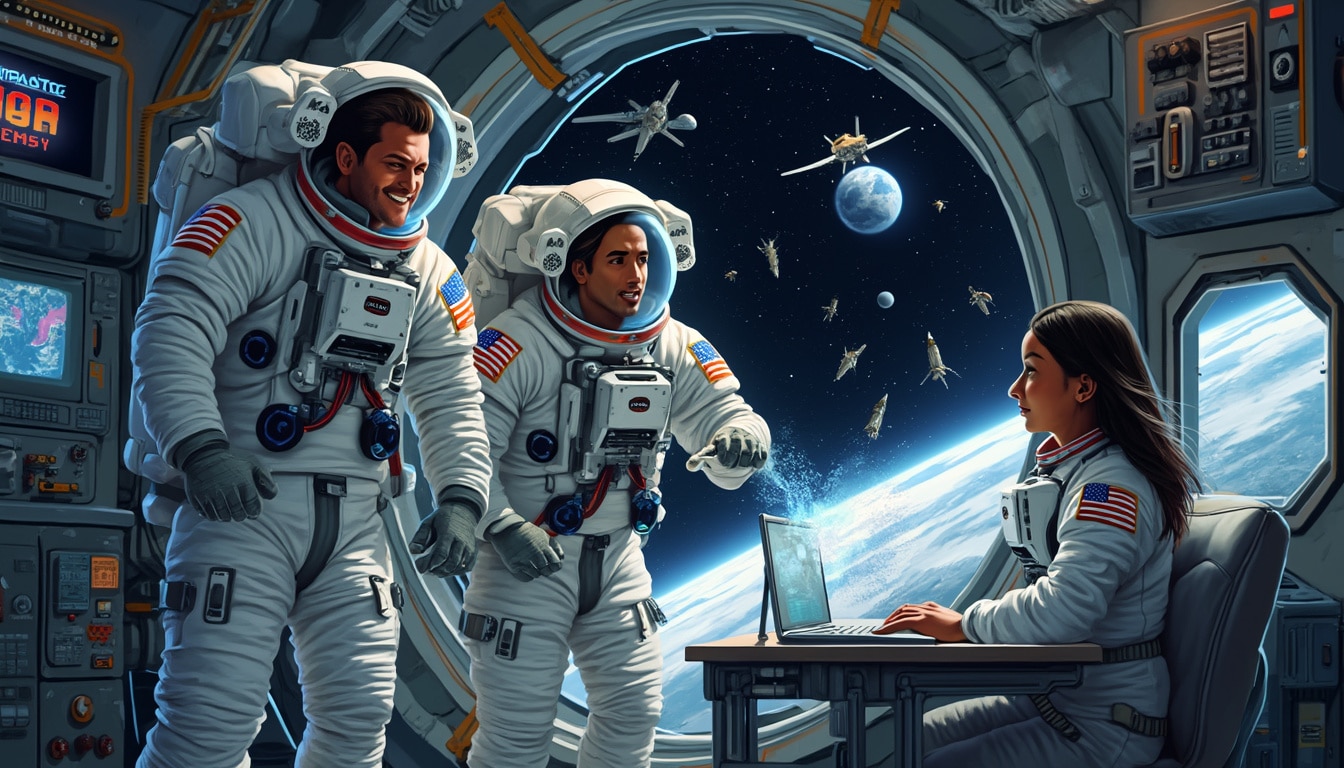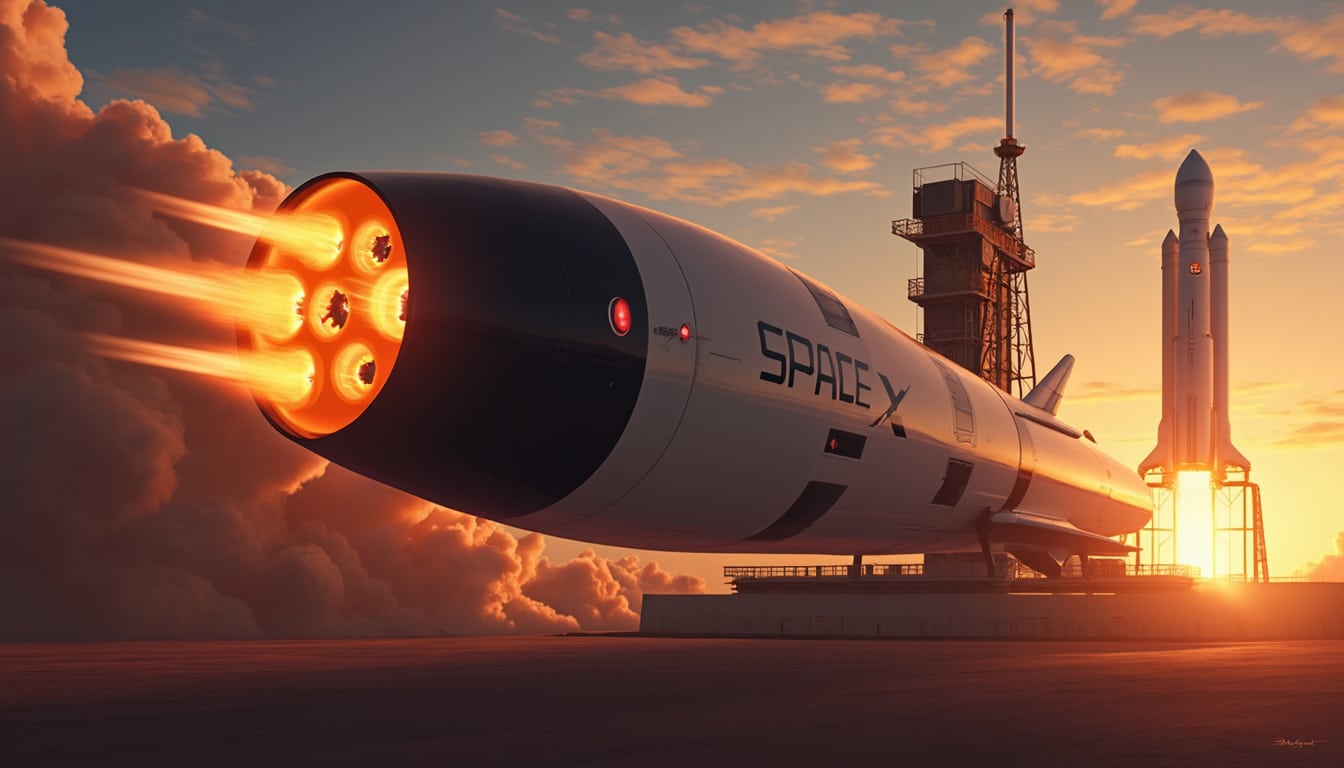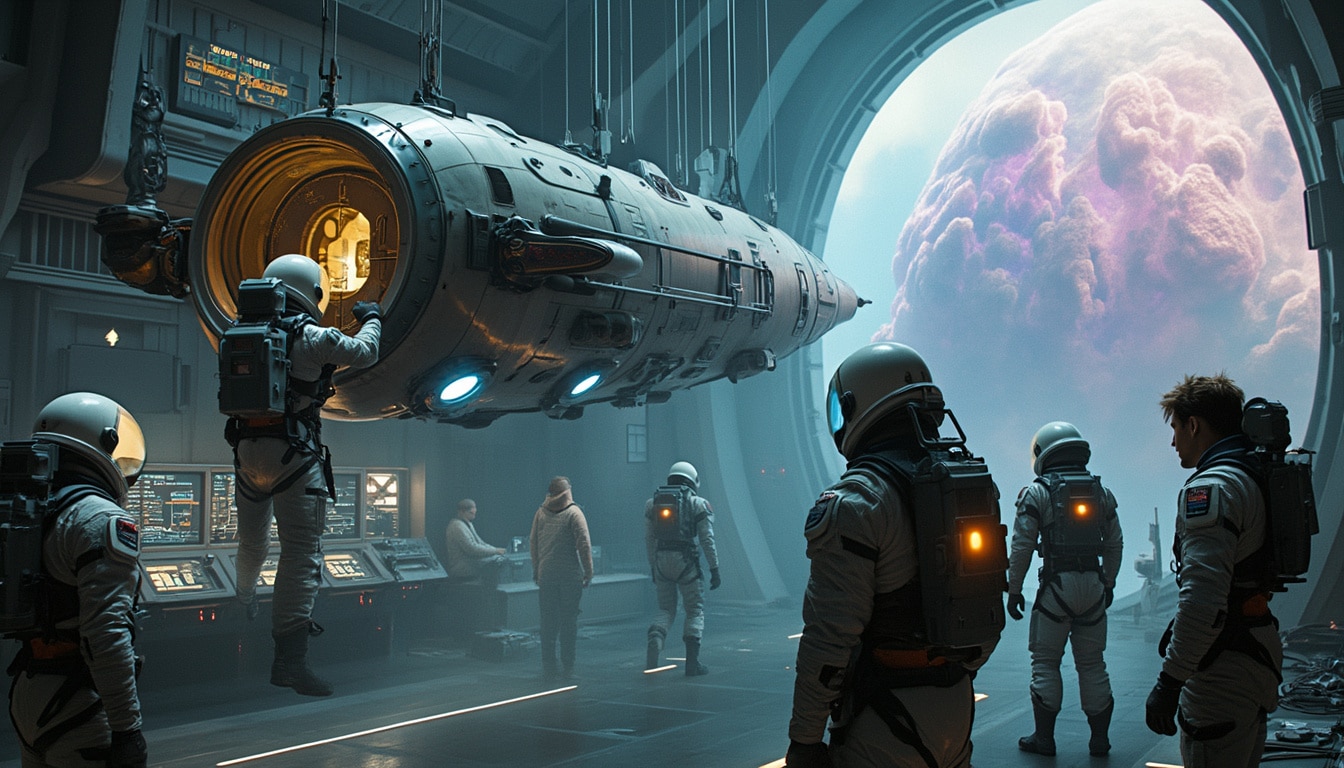As we delve into the intricate challenges facing two NASA astronauts currently stranded aboard the International Space Station (ISS), it’s crucial to understand the gravity of their situation and the proposed solutions. Butch Wilmore and Suni Williams were expected to return via the Boeing Starliner spacecraft, but a series of technical issues have led to a reevaluation of the best options for their safe return. Unforeseen incidents in space travel prompt the inquiry: Can SpaceX’s Crew Dragon come to the rescue? This blog post will navigate through the complexities of astronaut rescue missions, highlighting the innovative strategies at play.
The Current Situation of the Starliner Astronauts
The astronauts have been aboard the ISS since their Starliner spacecraft malfunctioned upon docking in June. The failure of the spacecraft’s thrusters raised red flags regarding their safe return, which has since necessitated NASA’s reevaluation of their escape plans while keeping the safety of their crew as the utmost priority. With the Starliner facing its own mechanical difficulties, it has been decided that it will return uncrewed, leaving only SpaceX as the feasible option to facilitate Wilmore and Williams’ return.
Background Context
Initially, the duo was set to return on a Crew Dragon spacecraft as part of the Crew-9 mission, which would have been a seamless continuation of NASA’s shuttle services initiated with SpaceX. This private-public partnership has drawn global interest, with SpaceX serving as a vital link in NASA’s ambitions to maintain a consistent human presence in space. With the malfunctioning Starliner, this mission has now been complicated, hinting at a future filled with challenges.

The Challenges of Spacecraft Compatibility
The situation is further complicated by the fact that the astronauts’ Boeing space suits are not compatible with SpaceX’s Crew Dragon capsule. This overlap showcases the intricacies and pitfalls of space travel logistics. Historically, space agencies have prioritized compatibility across various spacecraft, yet the rapid development cycles of commercial partners like SpaceX and Boeing have introduced immense challenges. With each company following its unique design philosophy, ensuring the astronauts can switch craft safely poses an ongoing dilemma for space agencies worldwide. The degree of customization and technological differences raises critical questions regarding interoperability between spacecraft.
Planned Resolutions and Solutions
As discussions ensued on potential solutions, both NASA and SpaceX began evaluating alternative methods to harness Crew Dragon for the return home. These considerations included adapting the existing Crew Dragon configurations to accommodate the astronauts’ support needs while complying with NASA’s stringent safety protocols. However, there is significant uncertainty influenced by the production timelines and the ongoing upgrades to Crew Dragon’s next iteration, Crew-10.
SpaceX’s Role in the Rescue Plan
Given that SpaceX is currently the only operational American spacecraft designed for crew transportation, its significance in this context cannot be overstated. As a pioneer in commercial spaceflight, SpaceX’s robust infrastructure includes multiple Dragon spacecraft capable of accommodating human life. Utilizing these assets effectively is paramount as they represent one of the few lifelines for stranded astronauts. Let’s evaluate how SpaceX plans to execute this mission and ensure the astronauts’ safety.
Current SpaceX Capabilities
SpaceX operates several Crew Dragon spacecraft, some of which are actively involved in other missions. Initially, the Crew-9 mission was planned to launch with Nick Hague and Aleksandr Gorbunov as astronauts, awaiting the arrival of Wilmore and Williams. However, with both astronauts needing to fit into the ongoing mission cycle, a complex reallocation of personnel becomes necessary, balancing safety and efficiency.

Coordination with NASA
NASA has consistently emphasized its commitment to exploring every viable option for the astronauts’ safe return. In collaboration with SpaceX, they are outlining detailed contingency plans while addressing the ongoing concerns regarding the Starliner and its specifications. Each collaboration emphasizes communication and adaptability, ensuring that all missions conclude with the crews arriving safely back on Earth. This synergy demonstrates how partnerships between government entities and private companies can lead to solutions that supersede traditional methodologies.
Possibility of Early Return
As considerations mount, the possibility of expediting the crew’s return before the Crew-10 launch remains on the table. While there are overlying logistical issues to navigate, if arrangements allow for leaving on the Crew-9 Dragon earlier without causing safety risks, such a maneuver would showcase the flexibility inherent in modern space operations. The decision ultimately lies in NASA’s ability to assess risk versus reward.
The Path Ahead: Strategic Planning for Astronaut Returns
Looking ahead, it’s clear that developed pathways for astronaut return involve multi-faceted planning and strategic foresight. Each mission, whether successful or otherwise, informs future operations and rescues. This learning curve highlights the predictable unpredictability of space travel. Distinguishing the priorities of safety while planning complex operations requires the cultivation of strong relationships among contractors and agencies.
The Role of Testing and Simulation
Testing is an essential component of every aspect of space missions. As agencies strive to develop reliable spacecraft, rigorous testing and simulation play a decisive role. Coordinating simulated return operations can mitigate surprises during the actual missions. Recurrent drills prepare the crews for unexpected situations and integrate learnings from previous missions—including the nuances of using different types of space suits, which may affect their return.

International Collaboration in Space Missions
This predicament showcases the necessity of international collaboration in space missions; nations benefit from sharing resources, technology, and knowledge. The partnership between NASA and SpaceX is a prime example of how this cross-border cooperation can lead to profound advancements in human space exploration.
Future Implications for Space Travel
The ongoing developments surrounding astronauts Wilmore and Williams highlight the broader implications for the future of space travel, as they become emblematic of the complexities associated with commercial space travel. Refinements in current protocols and machines prompt a renewed focus on ensuring safety and success—an ongoing challenge for all organizations involved.
Conclusion: Navigating the Final Stages of Space Travel Strategy
While the journey for Butch Wilmore and Suni Williams continues, the ingenuity of space technology and collaboration fosters hope for their return. NASA and SpaceX continue to navigate this uncharted territory, emphasizing the importance of learning from every mission. The lessons drawn from these experiences will undoubtedly shape future protocols as the stakes in human spaceflight remain resolute, echoing the commitment of humanity to explore the final frontier.




Leave a Reply